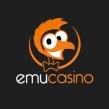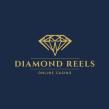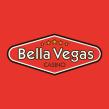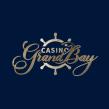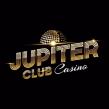On this page
DJ Wild
On this page
Introduction
DJ Wild is a poker-based game in which deuces and a joker are wild. After making an Ante and Blind bet the player has a simple raise or fold decision to make. Then his hand is compared to the dealer's — the higher hand wins.
I first saw the game at the 2014 Global Gaming Expo. Later, I saw it at the New York New York casino in Las Vegas on April 23, 2015. I've since heard of other placements. Here is all I know about as of April 27, 2015:
- Las Vegas: New York New York
- Michigan: Greektown casino
- Ohio: Cleveland Horseshoe
- California: Unknown
- United Kingdom: Unknown
Top Poker Games Casinos for Ohio
Rules
- A 53-card deck is used, including a single joker.
- Hands are ranked as follows, from highest to lowest:
- Five wilds
- Royal flush
- Five of a kind
- Straight flush
- Four of a kind
- Full house
- Flush
- Straight
- Three of a kind
- Two pair
- Pair
- Ace high or less
- Play starts with the player making equal bets on the Ante and Blind. The player may also make an optional Trips side bet.
- The dealer shall deal the player and himself five cards each. Dealer cards are dealt face down.
- After examining his cards, the player may either fold or make a Play bet. The Play bet must be equal to two times the Ante.
- The dealer shall reveal his cards and compare his hand to the player's, the higher poker value wins.
- If the dealer has the higher hand, then the player shall lose the Ante, Blind, and Play bets.
- If the two hands tie, then the Ante, Blind, and Play bets shall push.
- If the player has the higher hand, then the Ante and Play bets shall pay even money. The Blind bet will pay according to the pay table below. All wins shown are on a "to one" basis.
- The Trips bet shall pay according to the poker value of the player's bet only. More information is available on the Trips bet at the bottom of this page.
Blind Bet Pay Table
| Player Hand | Pays |
|---|---|
| Five Wilds | 1000 |
| Royal Flush | 50 |
| Five of a Kind | 10 |
| Straight Flush | 9 |
| Four of a Kind | 4 |
| Full House | 3 |
| Flush | 2 |
| Straight | 1 |
| Three of a Kind or Less | Push |
Analysis
The following table shows the number of combinations, probability, and contribution to the return of all possible events.
DJ Wild — Analysis
| Event | Pays | Combinations | Probability | Return |
|---|---|---|---|---|
| Player wins with five wilds | 1003 | 1,712,304 | 0.00000035 | 0.00034952 |
| Player wins with royal flush | 53 | 1,719,017,200 | 0.00034984 | 0.01854133 |
| Player wins with five of a kind | 13 | 2,396,963,100 | 0.00048781 | 0.00634147 |
| Player wins with straight flush | 12 | 6,243,236,040 | 0.00127056 | 0.01524670 |
| Player wins with four of a kind | 7 | 88,035,952,768 | 0.01791616 | 0.12541313 |
| Player wins with full house | 6 | 25,233,599,448 | 0.00513528 | 0.03081168 |
| Player wins with flush | 5 | 31,727,826,728 | 0.00645692 | 0.03228459 |
| Player wins with straight | 4 | 138,585,030,624 | 0.02820338 | 0.11281354 |
| Player wins with three of a kind or less | 3 | 1,944,630,013,152 | 0.39575088 | 1.18725263 |
| Tie | 0 | 560,641,504 | 0.00011410 | 0.00000000 |
| Player folds | -2 | 1,507,375,457,280 | 0.30676538 | -0.61353075 |
| Dealer wins | -4 | 1,167,263,654,092 | 0.23754936 | -0.95019744 |
| Total | 4,913,773,104,240 | 1.00000000 | -0.03467361 |
The lower right cell shows an expected loss of 3.47% of a unit. This means if the player bets one unit each on the Ante and Blind, then he can expect to lose 3.47% of one of them. For example, if the player starts with bets of $10 on both the Ante and Blind, then he can expect to lose $10 × 3.47% = 35¢ on average per hand.
The house edge is 3.47% relative to just the Ante bet, or 1.73% relative to both initial required bets, the Ante and Blind.
However, I think an appropriate measure of how good of a value the game is is the Element of Risk. This is the ratio of the expected loss to the total amount bet. On average, the player will raise 69.32% of the time, for an average bet of 2 + 69.32×2 = 3.39 units. The Element of Risk is thus 3.47%/3.39 = 1.02%.
The standard deviation, relative to the Ante bet, is 3.44.
If you're wondering where the house advantage lays, it is in the Blind bet. That wins 5.98% of the time only and carries an expected player loss of 38.2%.
Strategy
The strategy to DJ Wild is conveniently quite simple, as follows:
Raise with a pair of fours or better, except with two fours and a three singleton. Otherwise fold.
The three singleton exception makes sense because a pair of fours will beat a pair of threes, and the chances of the dealer getting a pair of threes is significantly less with one of them in the player's hand.
Player collusion would likely be powerful in this game. If you and the other players don't have any wild cards, then I would be more inclined to fold with a marginal hand, because of the increased probability the dealer will get one or more wild cards. Likewise, with a lot of wilds out, the player should be more inclined to raise. I'll leave it to Grosjean, Jacobson, and How to figure out the details on that.
Trips
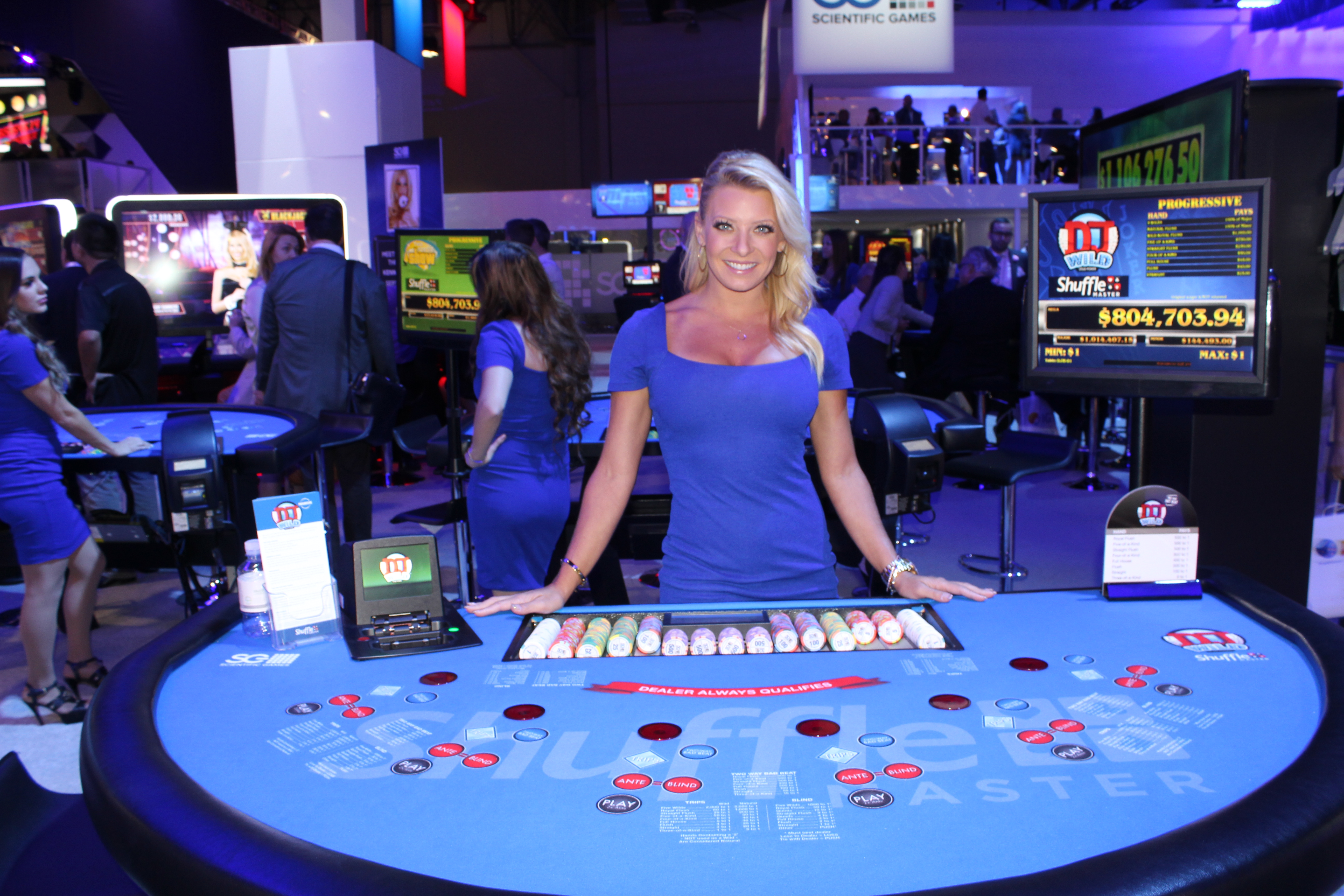
As mentioned in the rules, Trips is an optional side bet that pays based only on the value of the player's hand. The player must have at least a three of a kind to win. Wins pay more if they are natural, as opposed to using a wild card. If a hand has a deuce, but still counts it as a deuce (for example an A2345 straight), then it shall pay as a natural win.
There are four pay tables available. The following table shows the probability and return of all possible outcomes for what I believe to be the most commonly used. The lower right corner shows a house edge of 6.16%.
Trips Bet
| Player Hand | Wild/Natural | Pays | Combinations | Probability | Return |
|---|---|---|---|---|---|
| Royal flush | Natural | 1,000 | 4 | 0.000001 | 0.001394 |
| Straight flush | Natural | 200 | 36 | 0.000013 | 0.002509 |
| Four of a kind | Natural | 60 | 528 | 0.000184 | 0.011040 |
| Full house | Natural | 30 | 3,168 | 0.001104 | 0.033119 |
| Flush | Natural | 25 | 4,980 | 0.001735 | 0.043385 |
| Straight | Natural | 20 | 10,176 | 0.003546 | 0.070921 |
| Three of a kind | Natural | 6 | 42,240 | 0.014719 | 0.088316 |
| Five wilds | Wild | 2,000 | 1 | 0.000000 | 0.000697 |
| Royal flush | Wild | 90 | 1,000 | 0.000348 | 0.031362 |
| Five of a kind | Wild | 70 | 1,400 | 0.000488 | 0.034150 |
| Straight flush | Wild | 25 | 3,612 | 0.001259 | 0.031467 |
| Four of a kind | Wild | 6 | 51,160 | 0.017828 | 0.106966 |
| Full house | Wild | 5 | 11,880 | 0.004140 | 0.020699 |
| Flush | Wild | 4 | 13,976 | 0.004870 | 0.019481 |
| Straight | Wild | 3 | 73,824 | 0.025725 | 0.077176 |
| Three of a kind | Wild | 1 | 415,800 | 0.144894 | 0.144894 |
| Loser | Either | -1 | 2,235,900 | 0.779145 | -0.779145 |
| Total | 2,869,685 | 1.000000 | -0.061569 |
The following table shows all three pay tables. The column headings show what each pays for a natural four of a kind, flush, and three of a kind. The bottom row shows the house advantage.
Trips Bet — All Pay Tables
| Player Hand | Wild/Natural | 90-25-7 | 90-30-6 | 90-25-6 | 60-25-6 |
|---|---|---|---|---|---|
| Royal flush | Natural | 1,000 | 1,000 | 1,000 | 1,000 |
| Straight flush | Natural | 200 | 200 | 200 | 200 |
| Four of a kind | Natural | 90 | 90 | 90 | 60 |
| Full house | Natural | 40 | 40 | 30 | 30 |
| Flush | Natural | 25 | 30 | 25 | 25 |
| Straight | Natural | 20 | 20 | 20 | 20 |
| Three of a kind | Natural | 7 | 6 | 6 | 6 |
| Five wilds | Wild | 2,000 | 2,000 | 2,000 | 2,000 |
| Royal flush | Wild | 100 | 100 | 100 | 90 |
| Five of a kind | Wild | 100 | 100 | 100 | 70 |
| Straight flush | Wild | 30 | 30 | 30 | 25 |
| Four of a kind | Wild | 6 | 6 | 6 | 6 |
| Full house | Wild | 5 | 5 | 5 | 5 |
| Flush | Wild | 4 | 4 | 4 | 4 |
| Straight | Wild | 3 | 3 | 3 | 3 |
| Three of a kind | Wild | 1 | 1 | 1 | 1 |
| Loser | Either | -1 | -1 | -1 | -1 |
| House edge | 0.59% | 1.19% | 3.16% | 6.16% |
Online Poker Games Casino Bonuses View All
Acknowledgement
I would like to thank Shufflemaster, the game owner, for providing me their math report, compiled by Elliot Frome. The analysis above is my own and agrees closely with the simulation in Elliot's report. Elliot deserves proper credit for being the first to think of the strategy indicated above.
.jpg)
